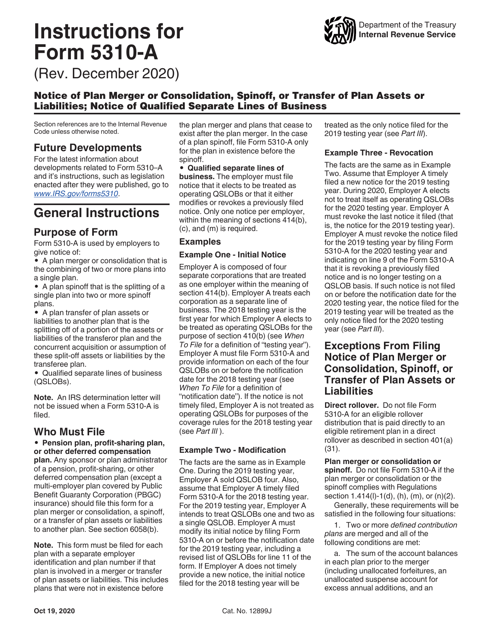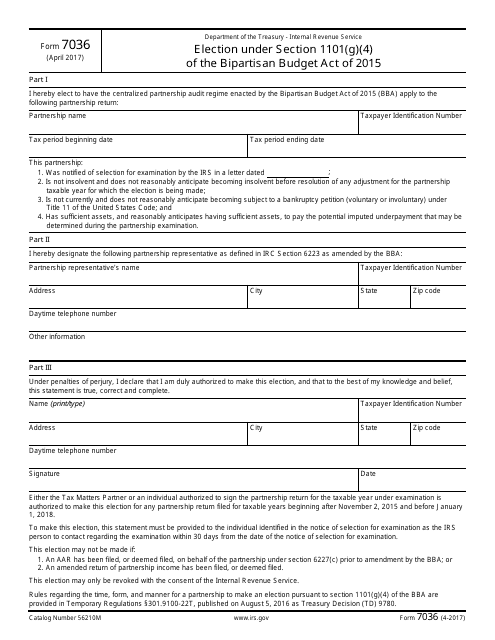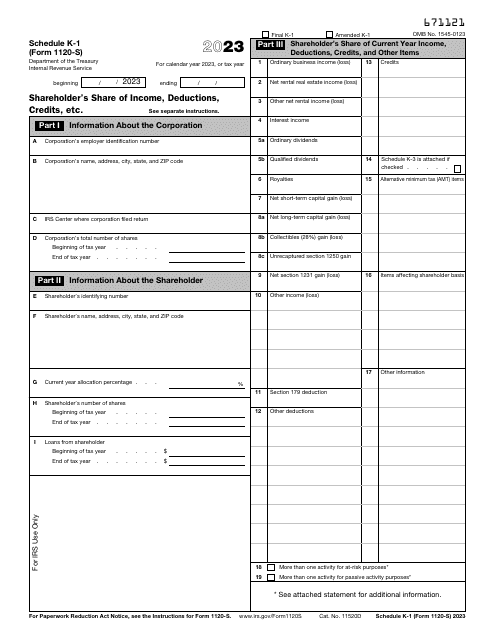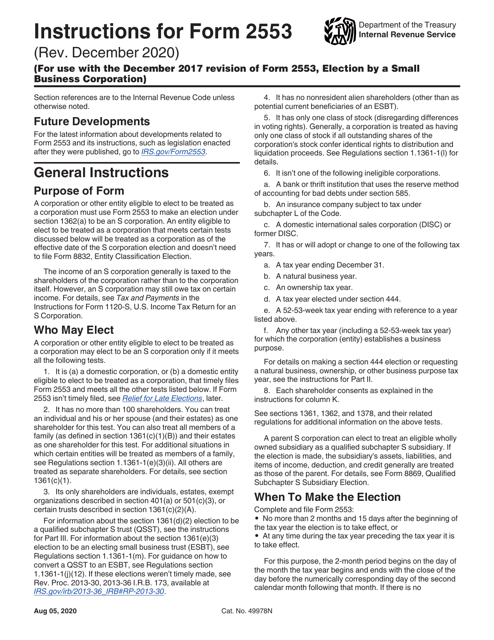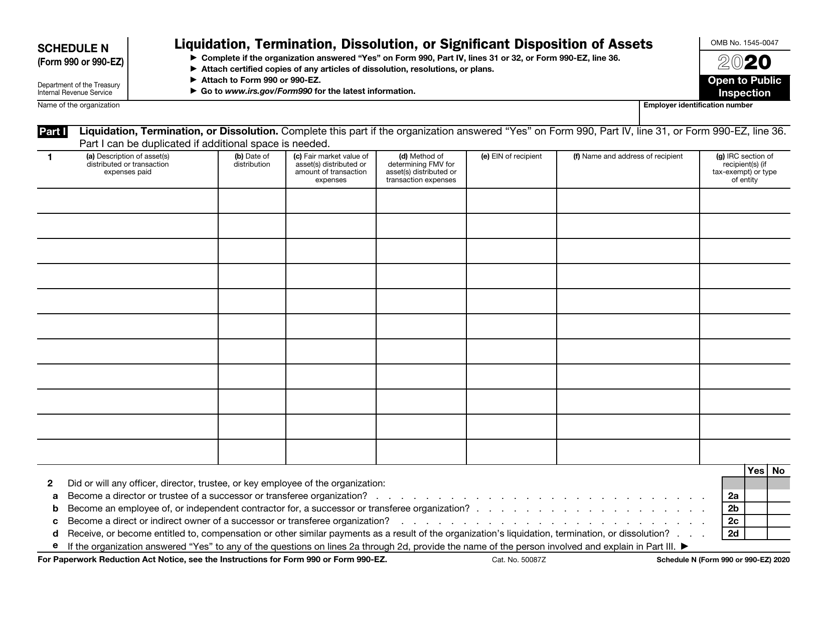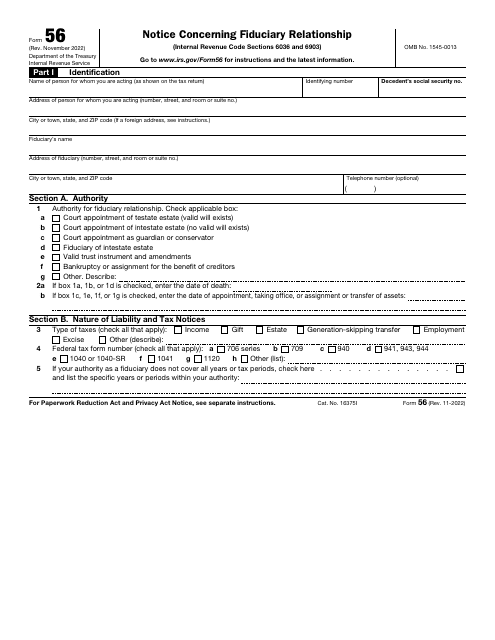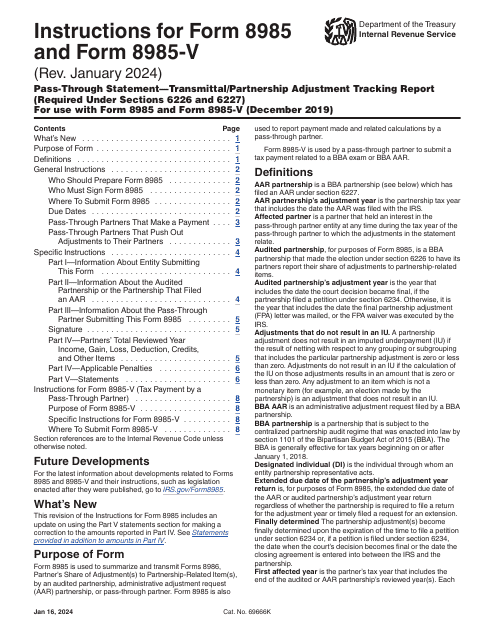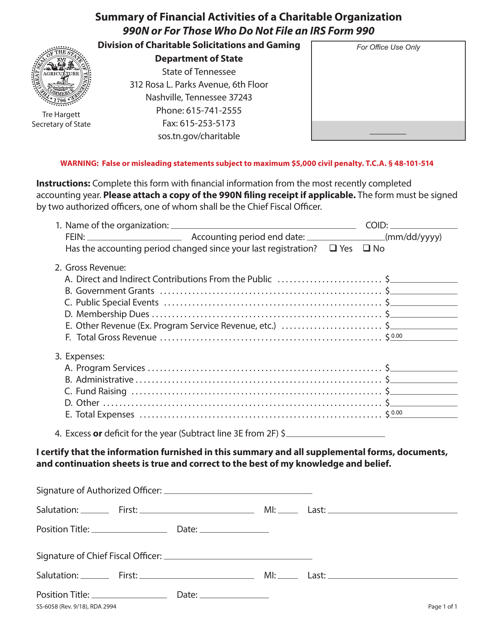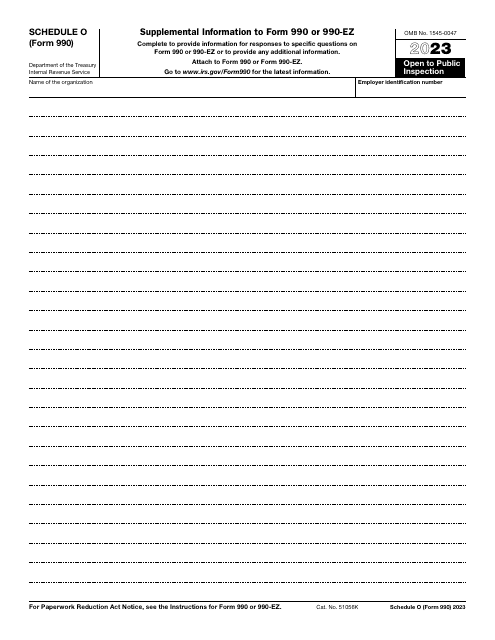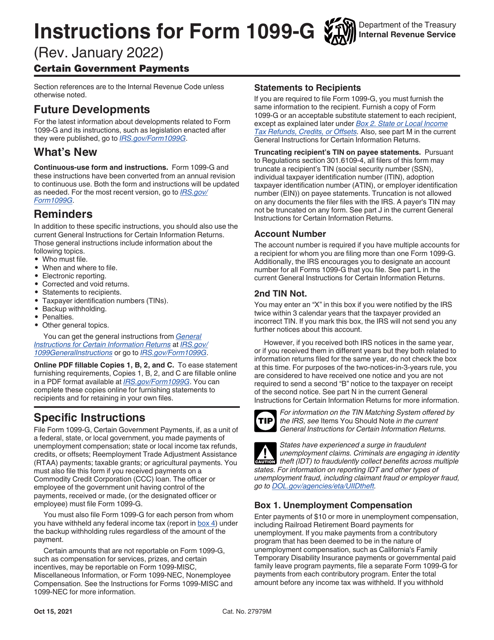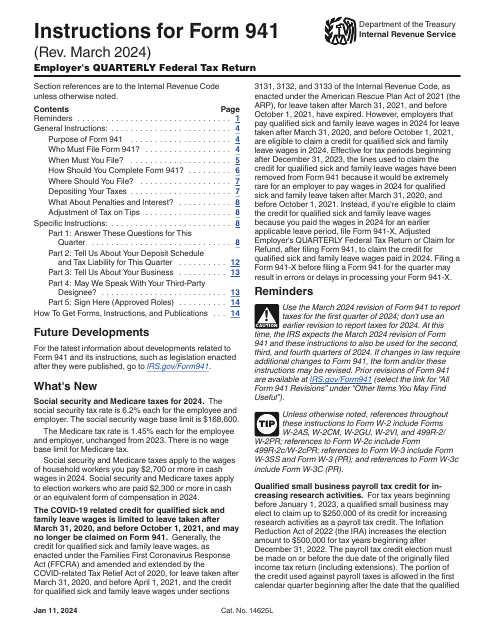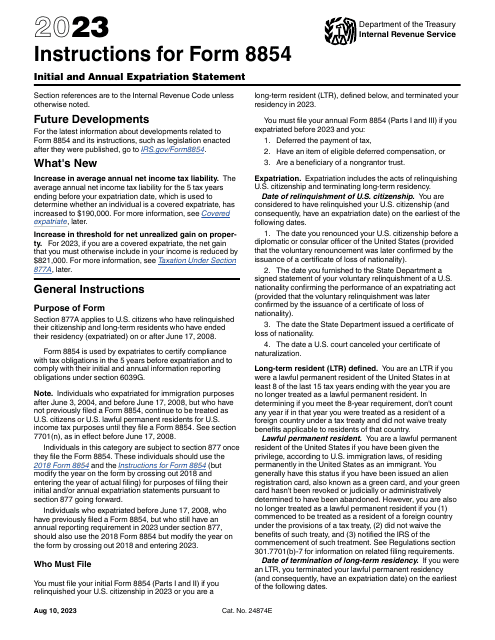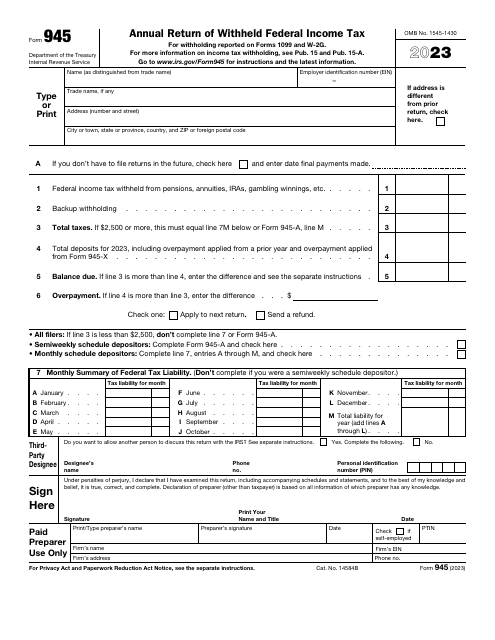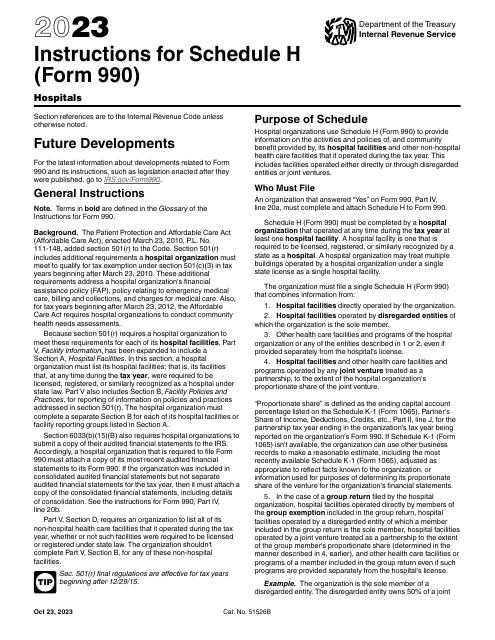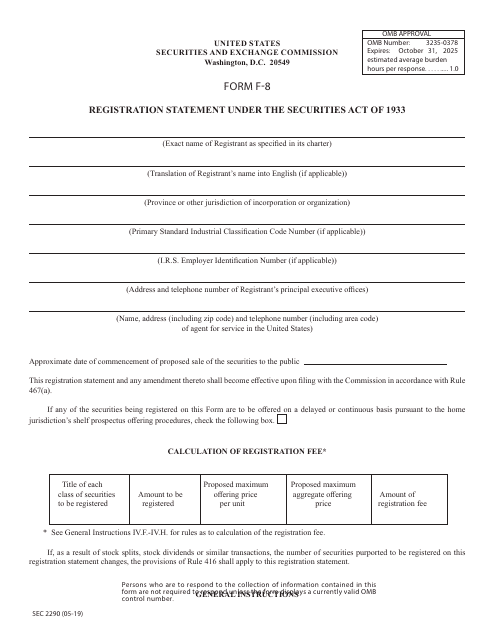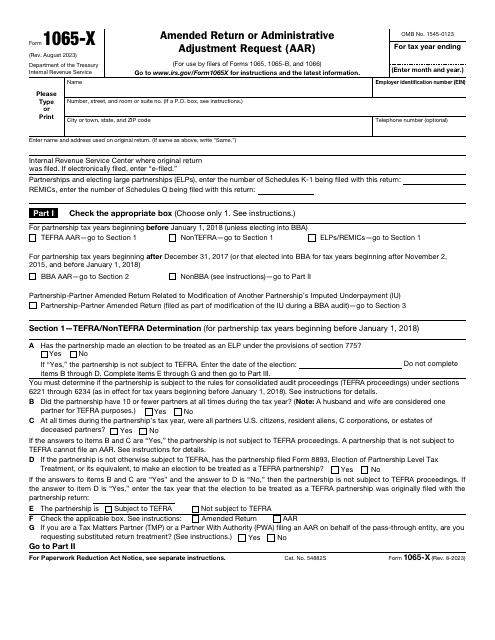IRS Filing Templates
When it comes to filing documents with the IRS, there are a few key forms and schedules that individuals and businesses need to be familiar with. These forms, also known as IRS filings or IRS form filings, are essential for various purposes, such as reporting income, claiming tax deductions, or notifying the IRS about specific transactions.
One common form that individuals may encounter is the IRS Form 2439, also known as the Notice to Shareholder of Undistributed Long-Term Capital Gains. This form is used to report undistributed long-term capital gains from regulated investment companies (RICs) or real estate investment trusts (REITs). By filing this form, shareholders can ensure accurate reporting of their taxable income.
For organizations, such as non-profit entities or exempt charities, the IRS Form 990 (990-EZ) Schedule N comes into play. This schedule, also referred to as the Liquidation, Termination, Dissolution, or Significant Disposition of Assets schedule, is used to report any significant changes in an organization's assets or operations. Filing this schedule helps maintain transparency and accountability for these organizations.
Another vital document is the IRS Form 56, known as the Notice Concerning Fiduciary Relationship. This form is crucial for individuals or entities that act as fiduciaries, such as executors, administrators, trustees, or guardians. By filing this form, fiduciaries notify the IRS about their responsibilities and obligations regarding the assets and accounts they manage on behalf of others.
In addition to these forms, businesses may need to file the IRS Form 990 Schedule O, also known as the Supplemental Information to Form 990 or 990-EZ. This schedule provides additional details about the organization's operations, activities, or transactions that are not adequately covered in the base Form 990. By completing this schedule, businesses can provide a comprehensive overview of their financials and activities for transparency purposes.
Lastly, the IRS Form 1065-X, or the Amended Return or Administrative Adjustment Request (AAR), is used by partnerships to correct errors or make changes to their previously filed tax returns. This form allows partnerships to update or revise information, such as income, deductions, or credits, that may have been incorrectly reported in their original filing.
Understanding and correctly completing these IRS filings is crucial for individuals and organizations alike to ensure compliance with tax regulations and maintain accurate financial records. Whether you are a shareholder, a fiduciary, or a partner in a partnership, it is important to familiarize yourself with the specific IRS forms and schedules that apply to your situation. By doing so, you can confidently navigate the filing process and avoid potential penalties or audits.
Documents:
25
This form is used for making an election under Section 1101(G)(4) of the Bipartisan Budget Act of 2015.
Use this document as a compilation or a summary information sheet to physically transmit paper Forms 1097, 1098, 1099, 3921, 3922, 5498, and W-2G to the Internal Revenue Service (IRS). If you opt to file the forms electronically, you are not required to submit a 1096 transmittal form.
This is a fiscal statement prepared by a person or organization to tell the government about the fiduciary arrangement that was formed with them serving as a fiduciary.
This is a fiscal form taxpayers are obliged to prepare and submit to provide information about nonpayroll payments subject to tax and confirm they are paying an accurate amount of tax for the last year.
This is a fiscal document used by taxpayers to outline the excise taxes charged on certain services and goods.
This form is used for completing the Registration Statement under the Securities Act of 1933, specifically for SEC Form 2290. It is an important document for companies looking to register securities with the Securities and Exchange Commission (SEC).
This is a fiscal statement used by partnerships and real estate mortgage investment conduits to fix the errors in previously filed IRS Form 1065, IRS Form 1065-B, IRS Form 1066.

